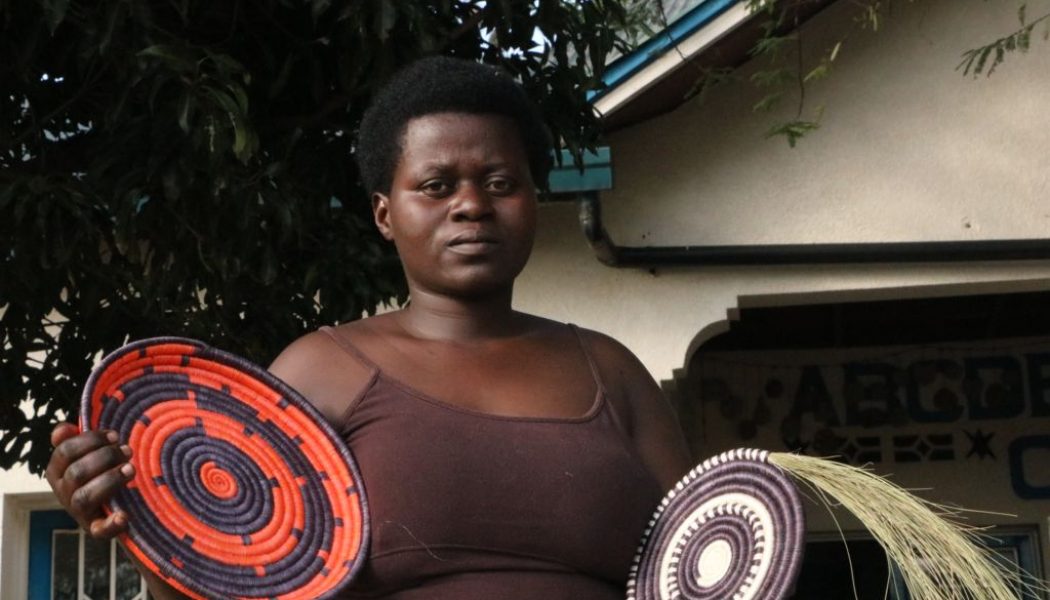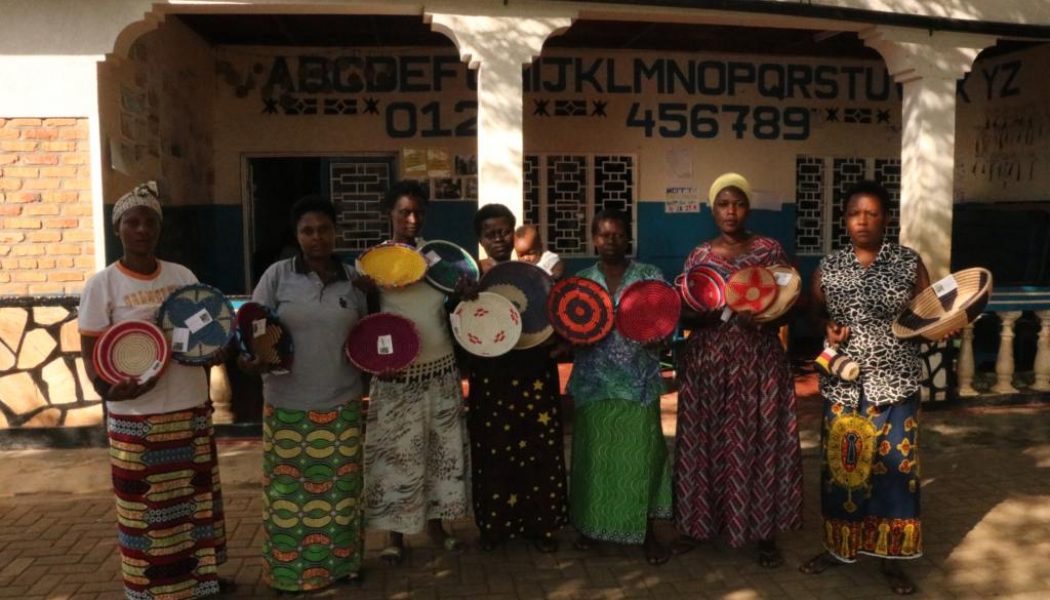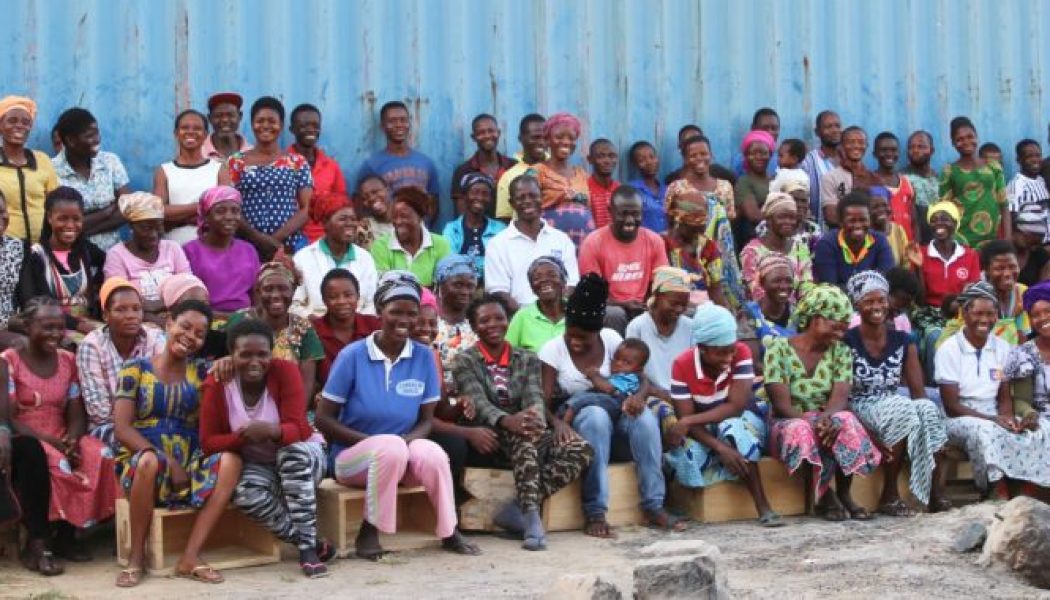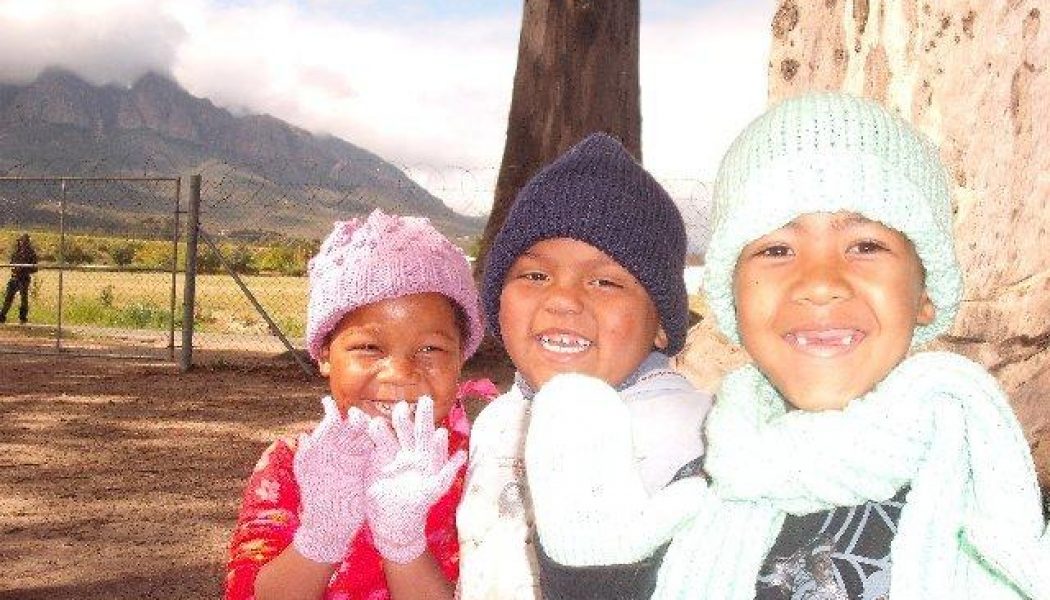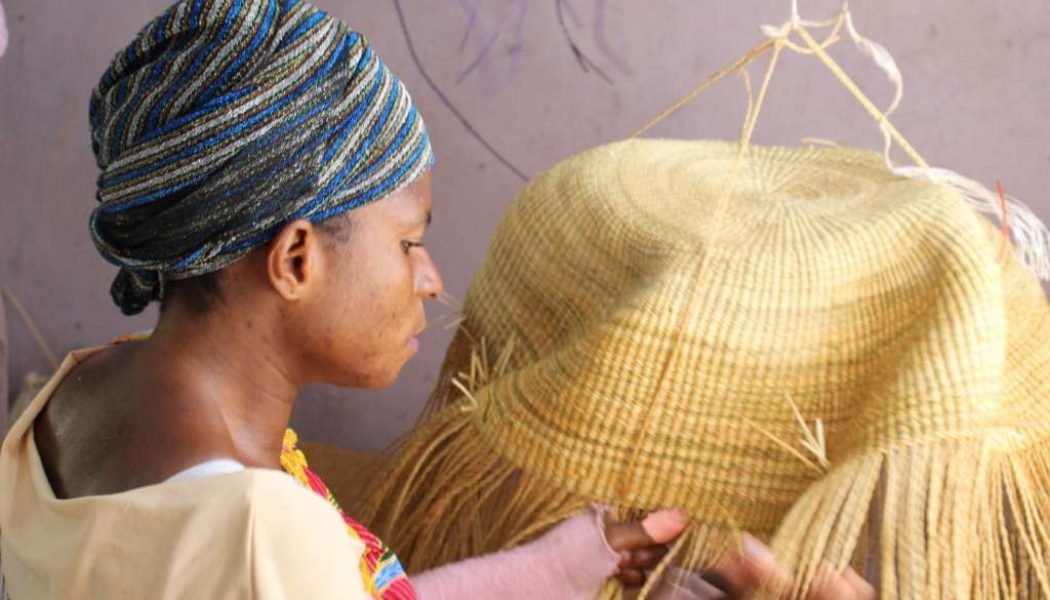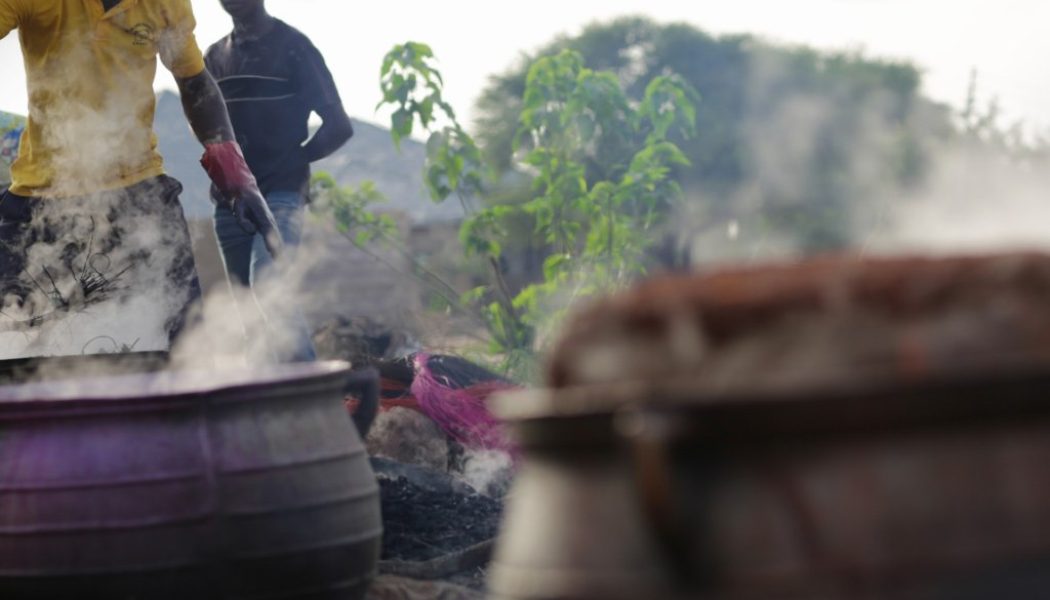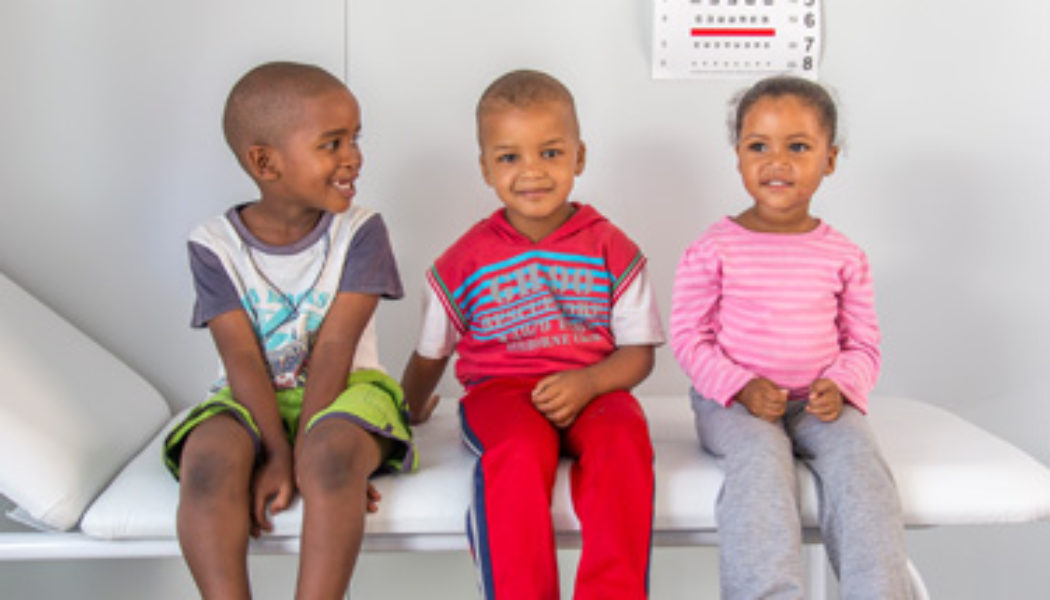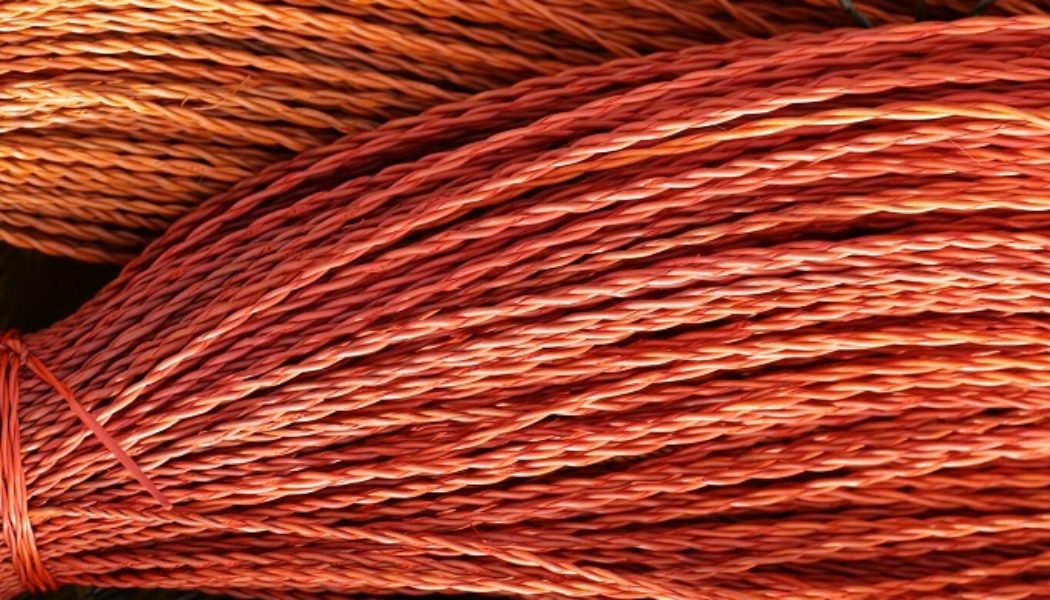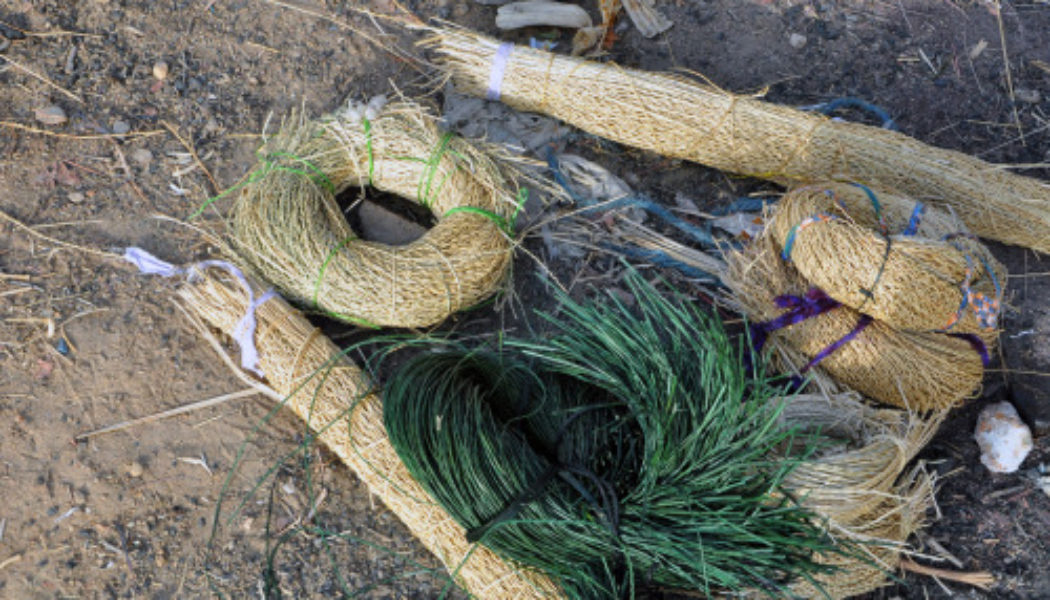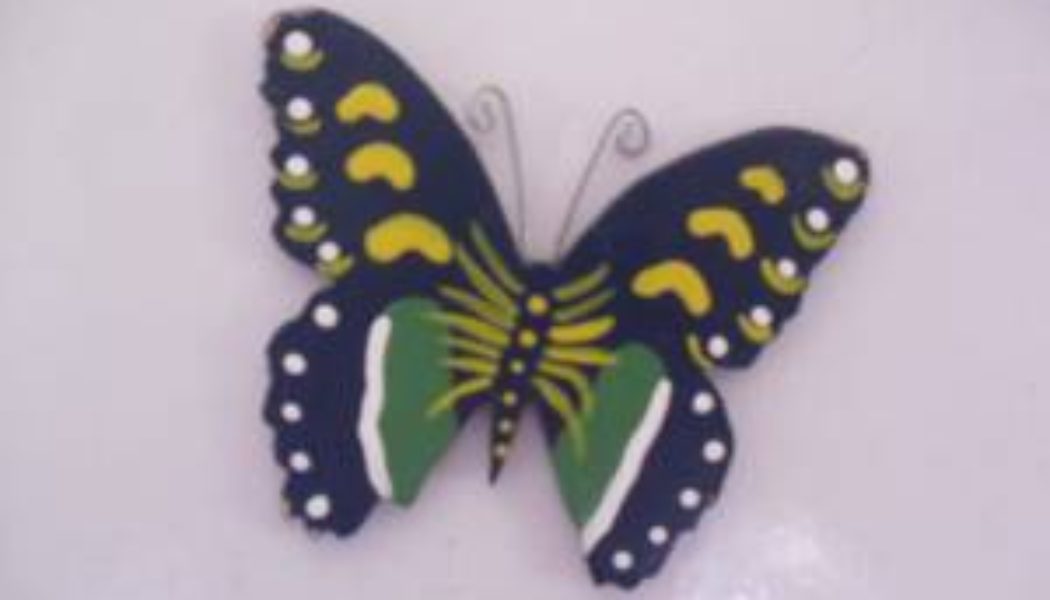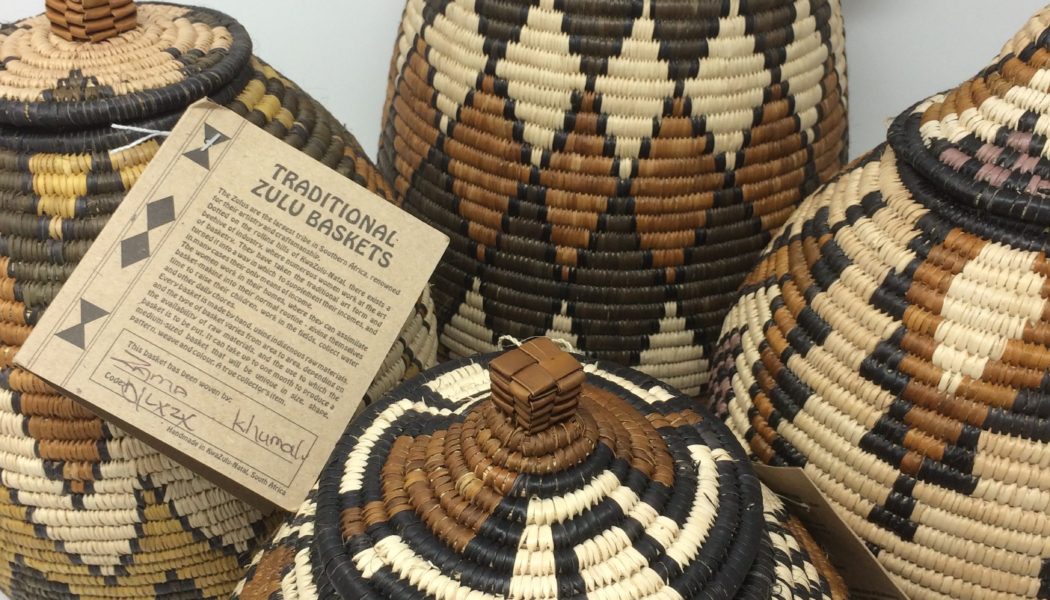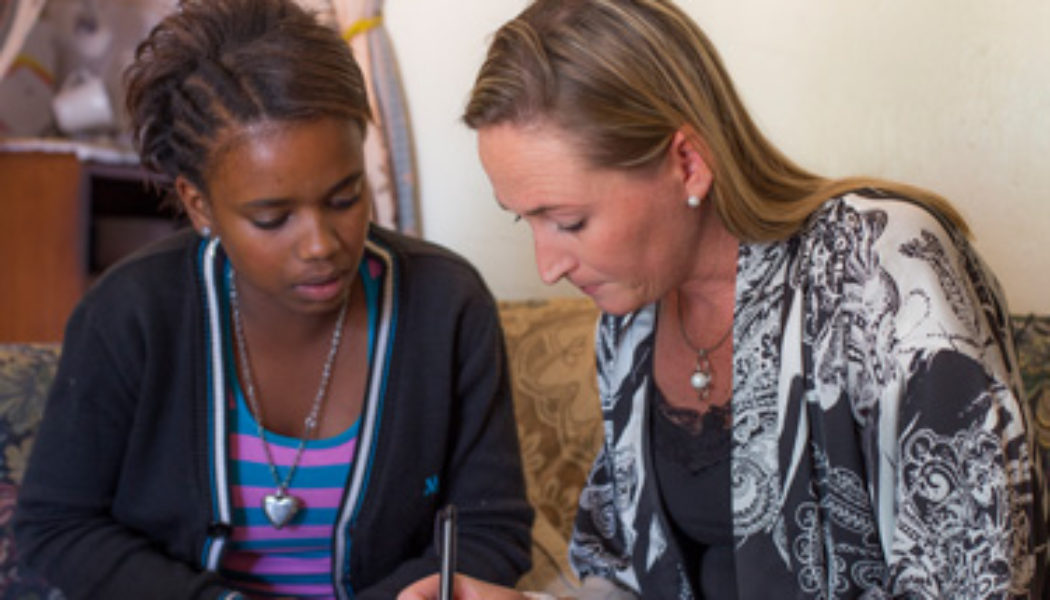Injabulo Blog
News & updates from Injabulo, a UK specialist supplier of Fairtrade African Baskets from Ghana and South Africa. Unique handmade baskets
Weavers of Hope – Meet Donata
The genocide of 1994, as a result of civil war between Hutu and Tutsi, left the country ravaged and over a million Rwandans lost their lives. The women of Rwanda are striving for a better future for themselves and their children and weave their stories, hopes and aspirations into their baskets. Donata is one of these ladies. Donata is 36, she has 4 children, the fourth born aft...[Read More]
Baskets from Rwanda
Basket-making is a Rwandan traditional craft. The baskets are made from sweet-grass, the women dye the grasses different colours and create many different patterns and styles. Artisans use a needle and thread to wrap hand dyed strands of sisal around bunches of locally sourced sweetgrass. Baskets can be seen everywhere in Rwanda. Their general domestic use has declined now, but...[Read More]
Why we buy from Baba Tree – an insight into everyday problems
Here is an extract from a very honest update from the founder of Baba Tree Baskets – Gregory McCarthy. We hope that it goes a long way to helping you to understand the problems that are faced every day in weaving the beautiful baskets that they produce. We are very proud to be connected with this wonderful organisation that is doing so much to help and guide the Artisans...[Read More]
We’re Knitting for Pebbles again
Its a few years ago since our last Knitting Appeal but we’re asking you to pick up your needles again for the children at Pebbles. Pebbles is a children’s charity in the Cape Winelands. Winters in the Cape can be very cold and so we would like to send the children some more knitwear to keep them warm this coming winter. We are asking for hats in any pattern, shape,...[Read More]
How Bolga Baskets are Made 4
To weave a finely woven 16″ Baba Tree ‘Round’ basket it takes about 25,000 ‘knots’ – where warp meets weft – to complete the basket up to the point before the ‘coil’ starts. The weavers will complete the base of the basket and weave about three inches up the sides. Most weavers will then turn the basket over and attach a piece of string to t...[Read More]
How Bolga Baskets are Made 3
Different methods are used in preparing the straw for dyeing. Some wrap small amounts of twisted or untwisted straw into rings whilst others tie together large bundles. A pot of water is brought to the boil and the dye is added. The dyes used are the natural basic and vat dyes commonly used for dyeing cotton cloth. The straw is then submersed in the solution and pressed down...[Read More]
Pebbles Annual Report
If you are a follower of the wonderful Pebbles Project and the work they do click on the link to find out what they have achieved over the past year – just wonderful! http://www.pebblesproject.co.za/
Bolga Baskets How they are Made 2
The Weaving Process Splitting – The straw is first split into two halves by biting every single piece in the middle at one end with the teeth to open it into two. The teeth hold the first half and the other half is pulled down with one hand. About half an inch to the end of the straw, the process is ended. This is to make the next step easier. Twisting – the spli...[Read More]
Injabulo’s Butterfly
The Butterfly is part of our logo and was chosen as we had received a beautiful butterfly fridge magnet from one of our producers and I just thought that it was so gorgeous that I wanted to include it. The dominant colours of the butterfly (blue and green) were used as well as an image of the actual butterfly. When I looked up the symbolism of the butterfly I found that it has ...[Read More]
Understanding the patterns on a Zulu Ilala Palm Basket
The Marriage Design A special basket is woven by the Bride, or a member of her family, as a gift from her to the Groom, which he will use at the Wedding as a beer-drinking vessel. The story of the marriage is woven for prosperity, and for all to see – the more affluent the family, the more detailed the design woven into the basket. Small Squares or Dots – A celebr...[Read More]
New Initiative from Pebbles Project
PEBBLES PROJECT-Sponsor A Sanitary Kit Programme A wonderful new initiative to help teenage girls. The main emphasis of the Pebbles Project is education. We enrich the lives of disadvantaged children and families in the Winelands farming communities in the Western Cape, South Africa. We focus on the entire life of the child and the challenging circumstances in which they live i...[Read More]

